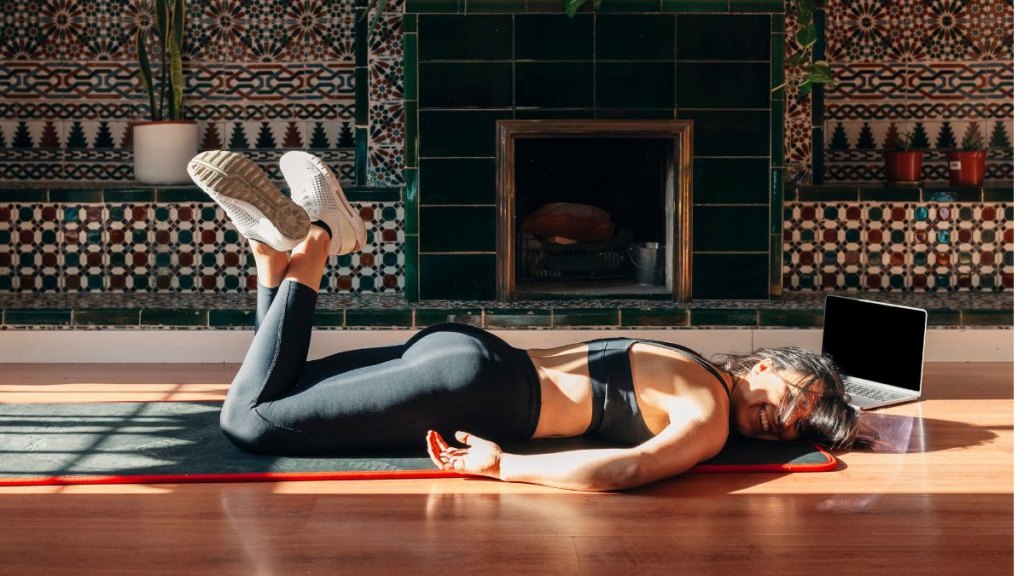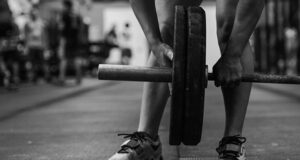At first blush, the ability to do lunges may not seem like a good way to measure functional fitness. But when you consider how many times a day you bend forward, climb stairs or reach for something on the floor, it’s clear that it is.
“To do lunges, you have to have leg strength and glute strength,” says fitness pro Chris Freytag, CPT, founder of GetHealthyU.com. “Lunges work nearly every lower-body muscle. They’re more challenging than squats, partly because they require more balance.” They also call for mobility in the hips, ankles and knees.
Doing lunges improves balance and enhances core stability. Core stability can lead to better posture, help prevent lower-back pain and make daily activities like stair-climbing easier.
To assess your ability to perform lunges, try the test at right.
Stationary lunge challenge
Stand with your feet hip-width apart, then take a large step backward with your right foot, until it’s 3 to 4 feet behind you and parallel to your left foot.
Keeping your chest lifted and your head in line with your spine, pull your belly button in toward your spine to contract your ab muscles, bend both knees and lower your right knee toward the floor. “Make sure your front knee is tracking in line with your ankle and your toes,” Freytag says.

You should be standing on the ball of your right foot with your right heel and ankle lifted. Both knees should be bent at a 90-degree angle (or close to it).
Press up to a standing position again. Continue to go up and down without moving your feet. Aim for 15 repetitions.
Switch legs and try to do 15 reps with your left foot behind you.
How did you do?
If you were able to do 15 repetitions on each leg, you did well.
If you struggled…

Don’t worry. You can work up to it by doing squats regularly. If balance is the issue, try doing stationary lunges while holding onto the back of a chair with one hand.
Another move that can help with lower-body strength and balance: Get out of a chair, then sit back down without using your hands several times in a row. Once this becomes easy, do it using just one leg (with the other leg lifted), then repeat the move on the other side.
To increase the challenge…
Try doing stationary lunges while holding 2- to 5-pound dumbbells in each hand.
Or try walking lunges: Start with your feet hip-width apart, then take a big step forward with your right foot and lower your body toward the floor (both legs should be bent at a 90-degree angle at the low point of the lunge). Use your left foot to push yourself up to a standing position on your right foot, lift your left knee in front of you and bring your left foot forward onto the floor, lowering yourself into a lunge. Push off with your right foot, lift your right knee and land with your right foot on the floor, as you bend both knees and lower yourself toward the floor. Continue “walking” your lunges forward as far as you can, then turn around and head the other way. Aim for 15 with each leg leading the way.
The bottom line
“Leg strength and mobility are important as we age. It’s a quality-of-life issue because it will keep you moving well as you get older,” explains Freytag. “Stationary lunges are one of the best ways to work your entire lower body. You don’t need any equipment and you can do them anywhere—even on a walk with a friend.”




